Do You Like this Irish Folklore collection?
Have you ever seen the National Irish Folklore schools collection? This is a very special resource that can be used to discover just what life was like for your Irish ancestors - the customs, work habits and more. In this letter we look at the story of just one of our readers - and show how it can be used to shine a light on the life and times of her ancestors.
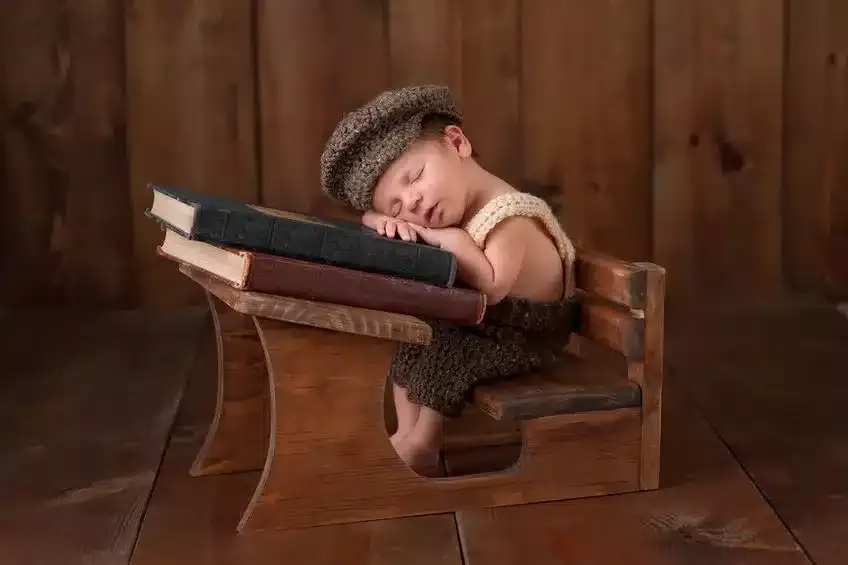
Have you ever wondered what life was like in Ireland at the time your ancestors lived here? Well, this week’s letter is based around just one reader’s recent letter – but towards the end I direct her towards a very unique source that tells us a lot about Irish life in the olden days through stories and Irish folklore.
I’m sure you will find something in there for yourself! But first, let me introduce you to Phyllis McNeill from Connecticut – her ancestors came from a small island off the west coast of Ireland.
One Reader’s Letter From America.
Dear Mike,
My name is Phyllis McNeil and I live in Connecticut, USA. My interest in genealogy grew from a continual pushing by my mother-in-law & father to pursue the family history. My mother-in-law, a wonderful lady, started her genealogy on her Scottish ancestry back in the days when nothing was digitized and you had to travel to areas to find documentation. Of course, even with digitizing of records today, the true genealogist still travels to see & feel the history of the place of their ancestors, as well as to take their own pictures! Since my initial push, I have been looking into the past for 20 plus years. But I left the Irish side of the family until last; I was told many times that that was a wise move as it was very difficult to pursue Irish ancestry due to destruction and lack of records.
Mike: Nice to meet you, Phyllis. Perhaps it was a wise idea to leave the Irish side until last as you honed those genealogy skills on a more forgiving line of your ancestry! However, I have found that the general statement that many of the Irish records have been destroyed – which is partly true – causes some people to give up prematurely. I do like how you have discovered how important it is to “feel the history of the place of your ancestors” – and not just rely on the records.
Phyllis: Many people have family stories that help with the Irish pursuit of genealogy. My mother’s family, from which the Irish ancestry comes, never talked about the past. So there are few Irish tales to add to this story, except when it came to food. My mother always loved to tell the story of how she loved to stay over at her grandmother’s house on a Saturday night. On Saturday night, Nana Parks would bake Irish soda bread, “the brown bread” and beans for Sunday morning breakfast. Mom would relish telling that story & say her mouth would water just thinking of it!
Mike: I can smell the bread as you say it! Nothing like fresh soda bread made with buttermilk.
The Dwyer Family of County Cork.
Phyllis: The only thing our family remembers of the Irish side was “The Dwyers were from County Cork & the Moylans & Carrolls were from County Mayo.” We never heard anything else about our Irish ancestry. Of course when I began my Irish research, nothing was digitized and that was all I had to go on. I have since found that the Dwyers were indeed from Cork…Greenane, Bere, Castletownbere!
Margaret Dwyer was the daughter of Michael Dwyer & Honora O’Brien. She was born on Bere Island on 20 October 1864 and her brother John was born on 17 February 1862. Funny thing about her birth date, I got a lot of push back from the family when I found out the date. They said emphatically that that was not true—even though I had the documents. They told me (my mother’s cousins) that Nana’s birthday was always celebrated on Halloween! She said that was when her birthday was….Nana was not a person to disagree with! Her word was solid!
Mike: Isn’t that great that you have those names, places and dates! Bere island is a very beautiful part of the world. I was taught by two brothers from those parts – Seanie and Barry Hanly and there are still many Hanlys in the area today. Also how interesting that the two names of Dwyer and O’Brien did not come from those parts originally, but out of Clare and Tipperary.
Phyllis: Margaret Dwyer met her future husband when she arrived in the US as a young girl to become a domestic for the Parks family in Bedford, Mass. I am still trying to figure out her arrival date….but this fits what I’ve found for a ship leaving Queenstown and going to Boston in 1878 with a 13 year old girl Mary Dwyer & her brother Matthew (age 16…although his name would have been John). Henry George Park’s wife Roseanna Martin died of consumption at age 35 in 1878 leaving him with 6 young children. In 1892, Margaret married the oldest son (my g-grandfather), George Henry Parks. Their first son George C. Parks was my mother’s father & my grandfather. They lived in New Bedford for a time, where the first 4 of their 9 children were born, and then relocated to Springfield, MA.
Mike: It sounds like your Mary was well liked in the Parks family, and especially by George! Nine children – isn’t that some size of a family! You mention that the Mary on the ship might be yours (with Matthew) and, of course, it is a probability. I think that it is wonderful that you have her birth place and date in Ireland.
Phyllis: I already have a detailed genealogy report for Margaret, her family & the other names in the family (O’Dwyer, O’Sullivan, O’Brien & Meade). I have been working with the Bere Island Heritage Center (who have been wonderful, especially Caroline MacCarthy), reading Riobard O’Dwyer’s Annal (vol 1-3 which I got as a Christmas present this year), and digesting the research I did when I was in Dublin.
Mike: Hard not to have an O’Sullivan surname in that area – it was by far the most dominant name. Of course, you have also hit gold with Riobard – a relation of yours – capturing the main people and events of the island down through the centuries. I think most of us on the island of Ireland would be delighted to have such a compendium in our hands.
Phyllis: I have been to Ireland 4 times – twice in the late 1970s and then twice last year (Dublin & then to the south West coast of Ireland…including, of course, Bere Island during the worst weather—Hurricane Ophelia & Storm Brian!) On my trip to Bere Island, I was disappointed not to find gravestones for Margaret’s parents who died in 1909. I learned that death was not usually memorialized this way and that many people were just buried in the church yard and sometimes later, if the family had money they would erect a headstone. There were some headstones for Dwyer, O’Briens, Sullivan (the island is loaded with people of this name…in fact, I learned that my O’Sullivan’s are the Cohus…the providers…separate names were given to large families to differentiate the branches….similar to what I found out with my French ancestry and the use of dit/dite.)
Mike: That was a big gap between your visits, Phyllis – and I guess you experienced the devastation Ophelia caused in many parts of the country. A comment on gravestones. While headstone memorials were not common in the poorer west of Ireland, a stone marker was typically laid in such a manner so that it could be found by a family member. Gravestones were difficult to afford for many until the 1920s with the advent of the Credit Unions. One of the first items that a local would save for was access to a decent burial and a headstone for their family. I have come across individuals buried in the 1970s without any markers – but that was more because they did not have surviving family.
On the nicknames – that became quite standard practice when a particular surname dominated a geographical area. I have written about the O’Sullivan nickname/surnames in a previous letter here.
Phyllis: The question remaining for Margaret are three-fold: when did she come over to the US; what happened to her brother John (the family lore was that when she was settled he went to Australia and was never heard from again); and what was life like on Bere Island during the famine & when she was growing up 20 years after the famine?)
Mike: It’s hard for me to answer your first two questions right here and now, Phyllis – but for the third part I have some thoughts. First, Bere Island would have been insulated somewhat from the worst effects of the famine (although that was probably just marginally) given that it was such a large army outpost and coastguard station. It was also opposite one of the main fishing ports in Ireland of Castletownbere.
However, people like your Margaret still wanted to improve their lot in life – and probably heard positive news from friends and neighbours who had left the area for a new world. If you look at the population for the island:
- 1841: 2,122 people – this represented a peak in population following massive growth across Ireland in the early 1800s.
- 1881: 1,075 people – just after your Margaret left the island. The population had gone down as a result of emigration, migration and death during the famine. Margaret was probably surrounded by empty houses and ruins – and stories of families who had once lived within them.
- 1971: 288 persons. I put this year and number in here as this was a time when Ireland reached its lowest population point due to emigration. From that point onwards it started to grow again – and keeps growing today. However….
- 2006: 187 Persons. Islands have their own challenges, even one such as Bere Island which is close to the mainland and the population continues to decline even today.
Another aspect of “what life was like” for your Margaret – included the stories, place names and characters that surrounded her. Irish people had a tradition of passing so much down the generations orally – and few of these stories were captured on paper. However, in the 1930s, a project was launched around the country where teachers asked their young students to go home and talk with their older relatives and neighbours to capture some of the stories of their townland or village. This has resulted in a wonderful folklore archive which has been made available online called “The Schools Collection”. Remember, these schoolkids were gathering stories that reached back centuries – and from people whose living memories reached back to famine times in some cases.
An Irish Folklore Collection.
Your own Margaret came from the townland of Ballynakilla on Bere Island – and here we have some stories gathered from the National School in that area. To share just one entry with you (and remembering your families stories of food) – here is part of a story about “Food in Olden Times” by Mary O’Sullivan:
“Long ago, the people ate three meals a day. In the morning, they ate griddle cakes, buttermilk and honey – and for their dinner they ate fish and milk and potatoes and they ate the same for supper”.
Now, isn’t that special to see those memories captured through the understanding of a child?
So Phyllis, if you want to get a strong flavour of what life was like on Bere Island through the 1800s and into the mid part of the 1900s, then I suggest that you have a look at the Folk Collection from Ballynakilla here. The following is a sample extract:
For the rest of our readers – you can see the main index of the collection here – and hopefully find your own ancestral location.
Phyllis: Warm Regards from Chilly Connecticut (where the Nor’easters never seem to cease this winter!), Phyllis
Mike: I hope the weather has improved at this point – and thank you very much for sharing those memories of Margaret Dwyer Parks!
How about you? Do you have an Irish family history similar to the one above? Do leave your response below and let us know.
That’s it for this week. Many thanks to Phyllis for sharing just a part of her Irish folklore and Family History. We do look forward to you joining us again next week.
Slán for now, Mike & Carina.


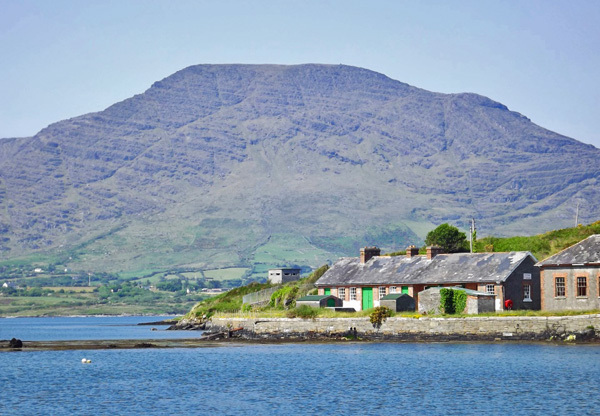
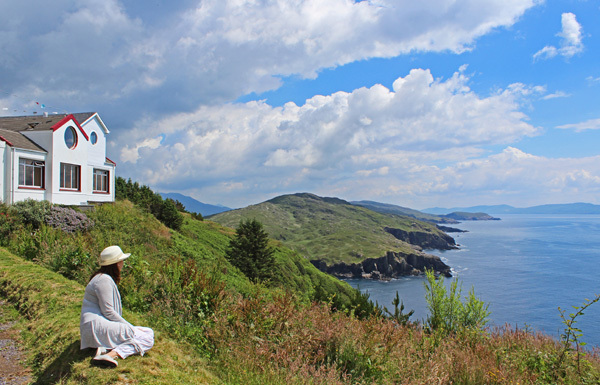
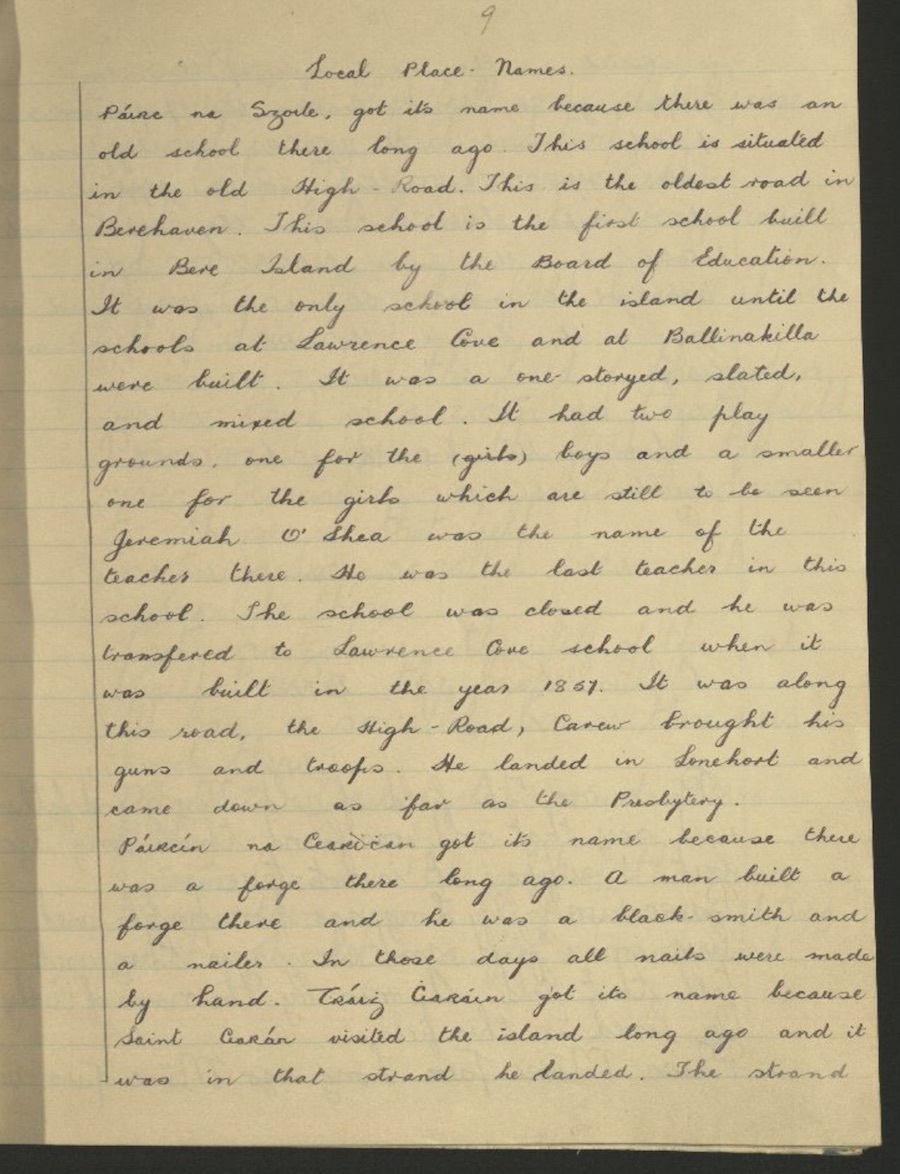
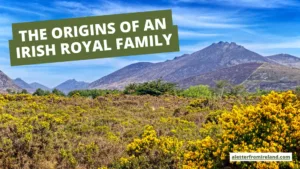
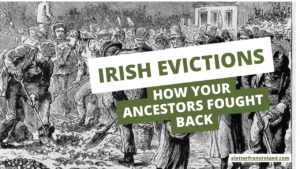
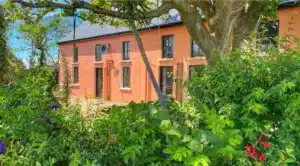
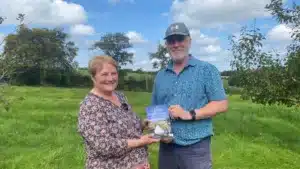
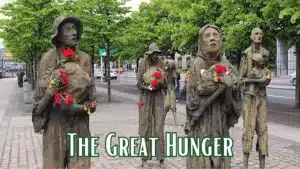
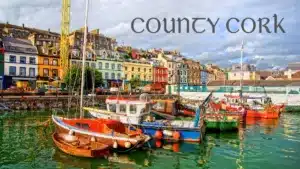
Only Plus Members can comment - Join Now
If you already have an account sign in here.